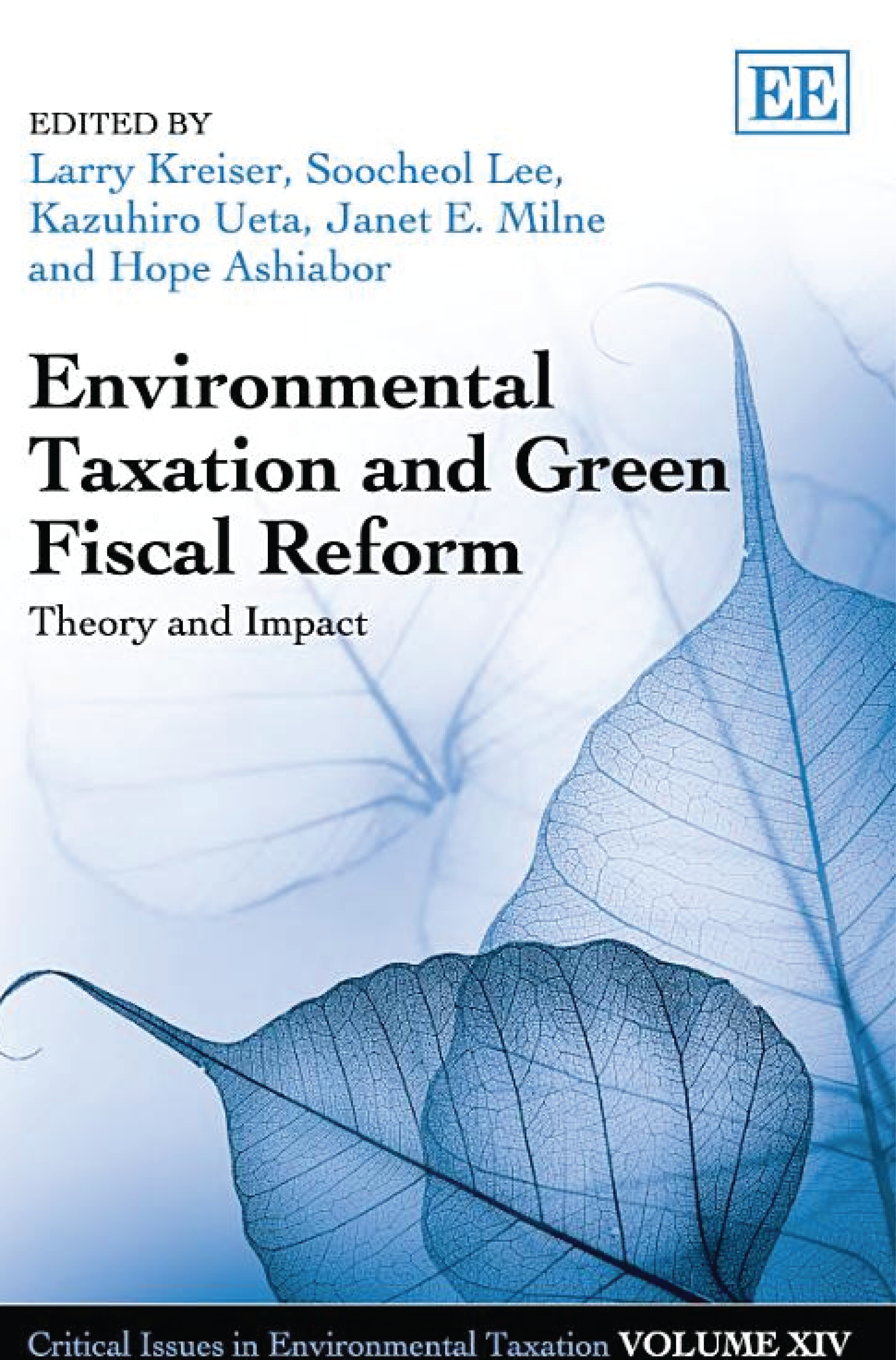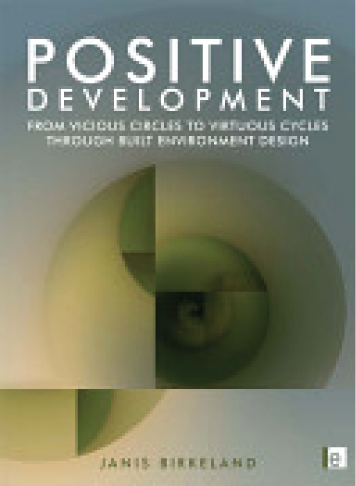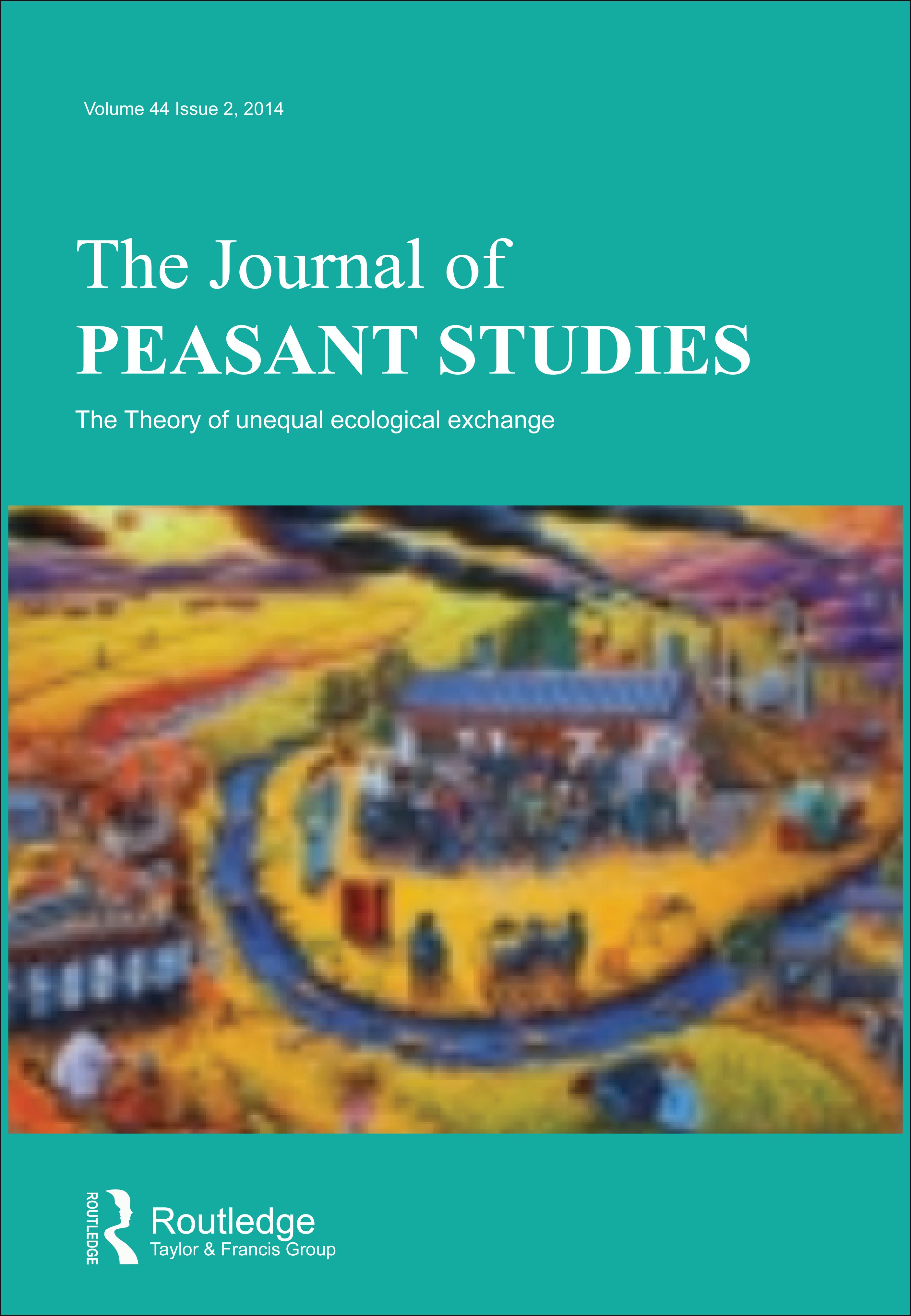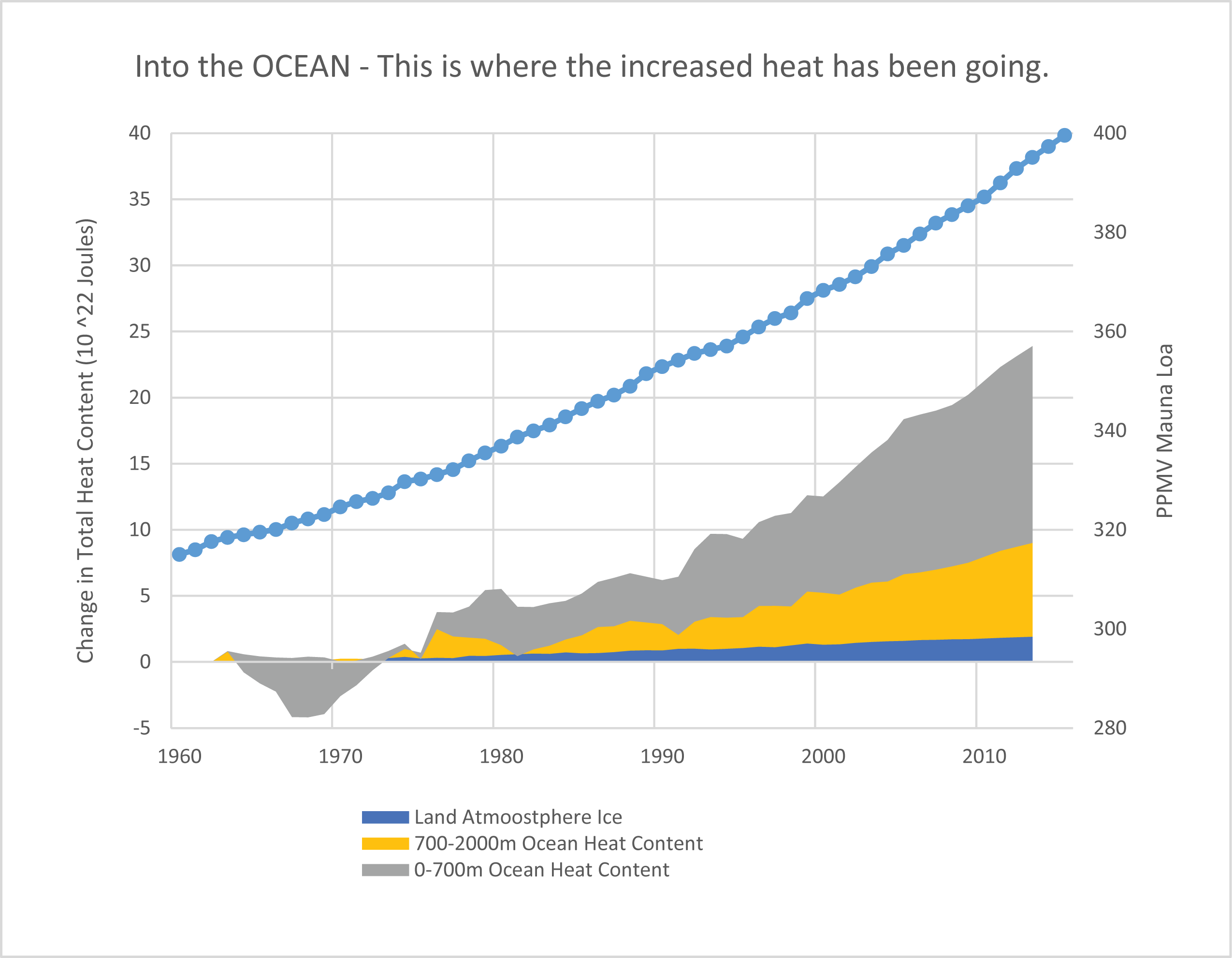Tools such as Environmental Footprint analysis foster environmental awareness among the educated. But if misapplied, they can reinforce buck passing or ‘blame games’.This is one way some large industries and bureaucracies avoid change. For example, some fossil fuel interests spawned arguments about the causes and measurements of global warming for years.
Some got bogged down in whether climate change was ‘natural’ or not - when we could not afford biodiversity, financial and other losses in any case. Likewise, large company ads managed to divert issues surrounding the fossil fuel supply chain towards individual behaviour. For example, the spotlight on plastic bags distracts attention from oil spills.
Because environmental issues are presented in terms of individual consumption, environmentalists have been portrayed as people that want to ‘tell others how to live.
The concept of ‘environmental space: proposed by the environmental organization Friends of the Earth in the 1990s, start from a somewhat different place. It estimates the sustainable use of resources such as timber and oil, or allowable greenhouse gas emissions, and divides that by the world population. This measures how far an individual, city or nation is from sustainable consumption. It is a form of absolute sustainability standard, as opposed to a relative one.
To calculate environmental space, one only has to work out the stocks of resources – not calculate all the flows at each stage of production or regional boundary. This approach is championed by GCI through ‘Contraction & Convergence’.
Positive Development From Vicious Circles to Virtuous Cycles
through Built Environment Design Janis Birkeland31 August 2014 - "C&C needed between North & South." Ecosocialism review of 'The Ecological Rift' by John Bellamy FosterWays Out forms the book’s part four and final three chapters.
A reviewNot surprisingly, “technological fixes” and “green-market fetishism” are given short shrift. Given the scale and pace of change needed to address the global ecological crisis and its inexorable relationship with capitalism’s incessant drive to accumulate, “what is required is an ecological revolution that would need to be also a social revolution." A social revolution is needed to create a just and sustainable society.
An ecological revolution, it is posited, requires short-term strategies such as leaving fossil fuels in the ground, reducing carbon emissions as quickly as possible to near zero, direct intervention of the state through expenditure and regulation, and “contraction and convergence” in greenhouse gas emissions between the North and the South.
“The long-term strategy for eco- logical revolution throughout the globe involves the building of a society of substantive equality – the struggle for socialism.” Sustainable human development, the restoration of harmony between humans and nature and thus elimination of the ecological rift, so the book’s argument goes, will only be achieved through
[a] social ownership and social use of nature,
[b] social production organized by workers and regulation of the metabolic relation between humans and nature, and
[c] satisfaction of present and future communal needs.31 August 2014 - "C&C recognizes centuries of unequal exchange & ecological debt." Foster Holleman; Routledge
Most crucially, however, from a world-system approach to ecology, is the opportunity that this provides to clarify the historical conditions of ecological as well as economic inequities between center and periphery. It is here, as we have seen, that Odum’s analysis helps us understand some of the key dimensions of the problem, as orders of magnitude. In order to move toward the kind of contraction and convergence that is needed worldwide today in areas such as climate change, it is important to recognize the centuries of unequal exchange and the enormous ecological debt owed to the periphery – both of which are highlighted by Odum’s analysis.31 August 2014 - "Apply C&C for social & intergenerational justice." Environmental Tax & Green Fiscal Reform Kreiser et al

With respect to the target, it seems impossible to implement a Pareto-Efficient Pigouvian tax, because damage costs cannot be exactly calculated.
Applying the Standard Price Approach however, economic efficiency is independent of the concrete target level, which is therefore not a question of economics, but of environmental as well as of social (particularly inter-generational) justice considerations.
In order to comply with the global 2° C climate policy target with a probability of two-thirds, applying the Budget Approach (WBGU 2009) would lead to a total amount of 750 Billion Tonnes of CO2e that can be emitted within the period of 2010 to 2050.
If additionally, aspects of social justice such as different historic responsibilities for emissions are considered, concrete emissions targets for individual countries could be calculated, for example based on Contraction & Convergence (Meyer 2000).
Environmental Taxation and Green Fiscal Reform: Theory and Impact
edited by Larry Kreiser, Soocheol Lee, Kazuhiro Ueta, Janet E. Milne, Hope Ashiabor.
29 August 2014 - Pro-Renewables, Anti-Fracking 'Zephyr Teachout' takes on Andrew Cuomo for New York Governorship.With no polling on the New York Governor primary race, we have no idea if Zephyr Teachout is leading Governor Cuomo. We have no idea what the depth of breadth of her support is. But I can tell you that that the excitement for her campaign is skyrocketing—because that is how people respond to real leadership and vision.
Zephyr Teachout is riding a wave of moral outrage and scientific clarity on fracking and climate change that Andrew Cuomo has missed.
Photo credit: Zephyr Teachout campaign site.
29 August 2014 - So the planet wasn't warming? Extra heat has been going into the ocean. From Skeptical on Skeptical ScienceIt hasn't warmed since 1998 . . .
For the years 1998-2005, temperature did not increase. This period coincides with society's continued pumping of more CO2 into the atmosphere. (Bob Carter)No, it hasn't been cooling since 1998. Even if we ignore long term trends and just look at the record-breakers, that wasn't the hottest year ever. Different reports show that, overall, 2005 was hotter than 1998. What's more, globally, the hottest 12-month period ever recorded was from June 2009 to May 2010.
Though humans love record-breakers, they don't, on their own, tell us a much abouttrends -- and it's trends that matter when monitoring Climate Change. Trends only appear by looking at all the data, globally, and taking into account other variables -- like the effects of the El Nino ocean current or sunspot activity -- not by cherry-picking single points.
There's also a tendency for some people just to concentrate on surface air temperatures when there are other, more useful, indicators that can give us a better idea how rapidly the world is warming. Oceans for instance -- due to their immense size and heatstoring capability (called 'thermal mass') -- tend to give a much more 'steady' indication of the warming that is happening. Records show that the Earth has been warming at a steady rate before and since 1998 and there is no sign of it slowing any time soon (Figure 1). More than 90% of global warming heat goes into warming the oceans, while less than 3% goes into increasing the surface air temperature.
Nuccitelli et al papaer here
22 August 2014 - "Climate Code-Red narrative is all very well; but agreement needs a rates-dependent conversion strategy."Carbon Budgets and the myth of 'burnable carbon'.
Really? This is semantics and David Spratt of the excellent Cod Red has this problem.
Clearly some of this 'unburbable' carbon is going to get burned, whether its deemed 'permissable' or not.Connecting the Dots to win on climate
Good idea. The narrative from Climate Code Red is fine. It says the problem is very serious and here's why.
However, the narrative doesn't really connect the dots beyond just telling everybody we're done for unless we follow 'the narrative'.Connecting the dots leads to the need for an agreement based on a rates-dependent conversion strategy.
The name Jim Hansen comes to mind. It may be be a hallowed name, but again the word burnable in this context is not. It is a vexatious value judgment at the heart of which is a 'valuation figure in Gt C'. (Eigen states have Eigen values). Jim Hansen himself recently reaffirmed this (permissble or not) valuation figure for him at 500 Gt C. He did this in his AGU presentation 12/13 San Francisco.
Bear in mind, Hansen is the person who more than anyone in the debate, has exhorted people to "do the maths" so his argument is progressively degradee when he values and argues like this . . . .
In fact what shows more clearly than anything else in that AGU presentation that he either didn't do the math (or was prepared to completely drop the math), was the absurd projection that the result of that 500 Gt C budget would be to keep the energy-balance of the planet within an overal 1° C rise above the pre-industrial value.
Nowhere in the entirety of the output of a now extensive diaspora of climate models, does any model remotely suggest that absurdly permissive-optimistic result.
According to Ross Cann an economist in the Citizen's Climate Lobby (CCL) Hansen now says, "no carbon budget is a means to tackle global warming."
One can see that might be a way for Hansen to back out by saying "no to 500 Gt C" and "no to 171 Gt C" and "no to anything else either", as it is deemed by somebody somewhere as 'not burnable' or 'not permissble' . . . or what?
The Hansen inspired CCL say the answer is just to put a $-fee in front of a single unburnable/impermissible tonne saying that as a result the Gigtonnes will look after themselves.
If only. With respect, this $/tC is Peter Pan & Wendy - with no shared carbon account, any amount is burnable and so anything becomes permissible by any party in any time-frame.
In other words 'attacking global warming' without a carbon contraction:concentrations budget is a fairy story running away to Never-Never land.
If joining the dots is the name of the game, if its not this, what does David Spratt suggest?
.
22 August 2014 - "Global Deal May Fail to Restrain Global Warming." Scientific American Lisa Friedman & Climate WireAug 21, 2014 |By Lisa Friedman and ClimateWire
The new agreement to be signed in Paris, to take effect in 2020, will essentially replace the 1997 Kyoto Protocol.
Credit: Moyan Brenn via FlickrA growing number of leaders are openly acknowledging that a 2015 international agreement to avert catastrophic global warming will surely fall short of what's needed to achieve that goal.
Biff Vernon "The analysis shows that an agreement likely achievable at COP-21 will succeed in a useful bending the curve of global emissions. The likely agreement will not, however, produce global emissions within the window of paths to 2050 that are consistent with frequently proposed climate goals, raising questions about follow-up steps in the development of a climate regime."
So, our wonderful world leaders are leading the world to catastrophic climate change.Aubrey Meyer Things wouldn't as bad as they are now if it had all been been properly laid out about 2 decades ago: -
"COP won't be enough to be effective." If they'd stopped saying that 20 years ago, it would have been a miracle, but no problem, they didn't stop.
If they'd stopped saying that 10 years ago, it would have put clear blue water between them and those Hansen accuses of crimes against humanity, but they didn't stop.
But they still haven't even stopped saying that about next year, which means that clear blue water is now about as muddy as its possible to be.
At this stage of the game, for father to knowingly peer down the up-escalator and say that's the only way down - but that will have to come later - meanwhile we should strive just for a carbon-tax (as with CCL USA) is contemptible.
Its not even a gamble, as it deterministically visits on future generations an increasingly adverse situation which they can do absolutely nothing to ameliorate: -
.
14 August 2014 - "Calls for a global C&C agreement." Achieving Environmental Justice Cross National Analysis Karen Bell
There have been some policy initiatives in this direction. For example calls for ‘Contraction and Convergence’, a proposed global agreement that consists of every country bringing its greenhouse gas emissions per capita to a level that is equal for all countries, leading to a contraction for some countries and an overall convergence (Meyer 2000).
Achieving Environmental Justice
A Cross-National Analysis By Karen Bell
05 August 2014 - Excellent Climate Presention to AIA National Convention Chicago - Ed Mazria Founder & CEO Architecture 2030.04 August 2014 - "Pure Guinness." Nice reaction to Mock-Up of CBAT Mark II from Dave Hampton, the Carbon CoachNice reaction to CBAT Mk-2 Mock-Up from Dave Hampton, the Carbon Coach
"Pure Guinness! a 'carbon budget analysis tool' - the future - "you can't get there from here?" - not without CBAT -
exactly what we need to unite around for a Paris 2015 climate peace deal . . . . "Here's just a crude mock-up of CBAT Mk II here
This simple model . . . it is simple, but it is 'deceptively simple' as Prof Brendan Mackey at Griffiths cc once said.
Growth & Growth-minus-Climate-Damages are hooked up here so there's a little progress with CBAT Mk 2.
All in the 'musical cause' of 'measuring' 'doing enough soon enough' to avoid runaway rates of climate change (i.e. in-time, in-tune).
As with CBAT Mk I, when finished Vertical Sliders will control the 81 positions from Low to High . . . .
1. Domain One Budgets (Contraction & Concentrations) & Feedback-Trends completely separated out now ( better than CBAT Mk I).
2. Domain Two Budgets (Contraction & Convergence) are set proportional to population only (for this mock-up)
3. Domain Three (Contraction & Conversion) Renewables Growth is proportional to what is judged 'safe' in Domain I
4 Domain Four (Damages & Growth) shows Growth net of Climate Damages (NB current trend average for climate-related damages is about 6%/year - that's twice the rate of growth per se).
In these projections, acceleration is the killer, that bankrupts the global economy within 50 years!).
The algorithm of the overall 'trend-field' is very simple: -1. * faster contraction > lower concentrations > lower temperature > lower damages> needs faster conversion to renewables
(i.e. a coordinated effort to be Doing Enough, Soon Enough)
2. * slower contraction > higher concentrations > higher temperature > higher damages> and slower conversion to renewables
(i.e. Doing Too Little Too Late, so why bother?).
* In extreme case 1 (war economy?) there's still enough capital to spend on Contraction & Conversion to make it worth the effort, but its a real race against the damage slope.
* In extreme case 2 (Business-as-Usual?) capital that would have been spent on conversion is swallowed in 'adaptation' and also losing the race against the damages curve.
This may appear to challenge 'consent' . . . but consent to what? Consent to 'extinction rates' needs to be challenged in a focused way. I think this algorithm of the overall 'trend-field' is necessary as both radar and rudder. It is both shield and spear.Twam Eva Mata
Mama Deva Deva""So says my dear friend, genius and Nobel Prize nominee Aubrey Meyer - And I agree."
How nice is that!
.
.














